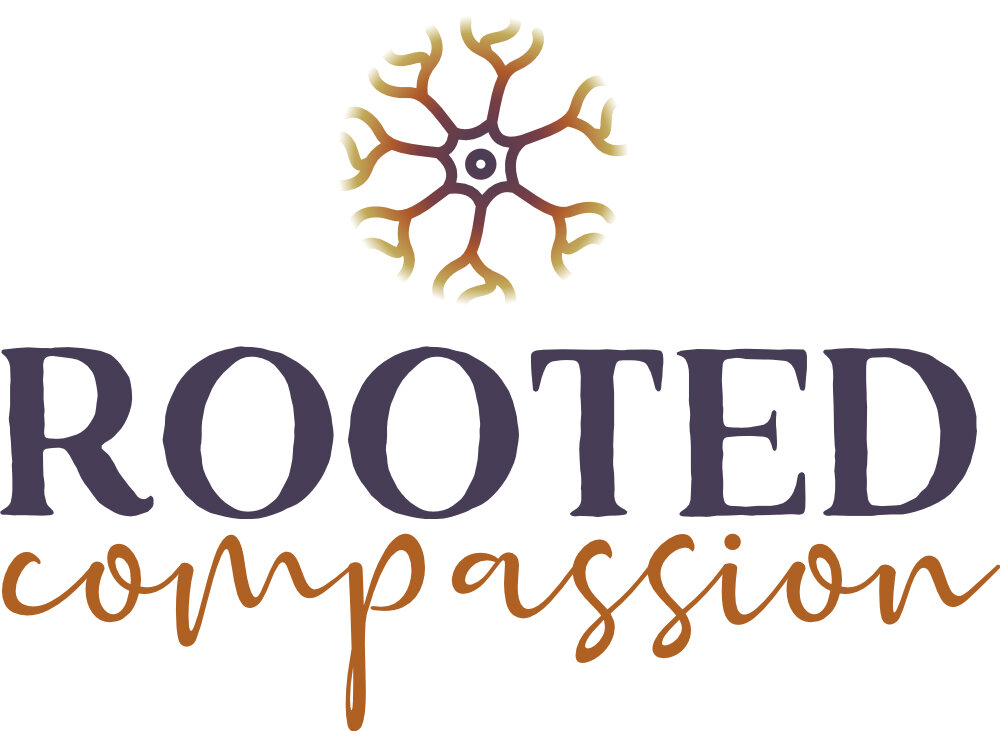Drama Therapy: An Alternate Approach
“The essence of drama therapy is uncovering and integrating dormant aspects of ourselves, enlarging our conception of who we are, and finding our intrinsic connection with others” (Emunah, p. 302).
When people hear I am a drama therapist, often ears prick up and eyebrows raise. Knowing there are only a handful of registered drama therapists in Ohio, the confusion and curiosity is understandable. While drama therapy can take many forms in individual and group sessions depending on needs and preferences, I’d like to share a bit about my approach to open the curtain on my profession and my passion.
Drama therapy is an evidence-based practice that can deepen therapeutic work through an experiential, whole-bodied approach.
In my group and individual work, I use the processes of drama/theatre to offer both the structure and means to support individuals on their healing paths. Part of the power of drama therapy is how the body is brought into the treatment process. It is “through embodiment, the client presents and encounters their issues in the ‘here and now’” (Jones, p. 114). With grounding in polyvagal theory, I recognize the body raises protective alarms in reaction to life stressors, whether these be related to past events, present challenges, or future worries. I understand the body is the holder of trauma, and for many, is considered the enemy.
Enter drama therapy which, in its embodied nature, brings in “play” and offers individuals the chance to experience their body as an ally.
Simple physical warm-ups are one way I use to gently help clients shift out of their heads and into their bodies. Sharing warm-ups creates connection and a safe-enough play space within the therapy room. Building trust is vital to the therapist-client relationship. Using theatre games with groups, or projective objects or scarves with individuals, or playfully brainstorming via collaborative drawing on giant sheets of paper, are ways to build rapport, increase flexibility, and dip toes into deeper psychic waters.
Another drama therapy process is “dramatic projection” which I use to engage clients, particularly at the start of sessions. Using a deck of projective cards that show drawings and pictures of roads and rivers, for example, with prompts such as “which card shows something of what you are experiencing today” or “what card can express where you feel most stuck in your life” provide images and metaphor to help clients share inner experiences that may be overwhelming and difficult to articulate in spoken words alone. Do you feel like you are on a road that is disappearing into the fog? Or maybe you see yourself as a churning river, longing for the peace of a gently flowing stream?
Similarly, I have found “concretizing” or giving physical form to difficult thoughts and feelings to be an active way to understand how inner worlds are impacting outer behaviors. For example, inviting individuals to become their “eating disorder” part or their “anxiety” part, either with their own bodies or with projective objects, has enabled clients to give voice to uncomfortable parts of themselves. Like many disowned parts or feelings, pushing away can make the part or feeling stronger, resulting in increased shame and harmful coping behaviors.
Approaching with curiosity and compassion, acknowledging the challenging part is just one part of you, can be a significant step toward understanding and healing.
Another drama/theatre process I can use with both individuals and groups is “role.” Do you have an “Inner Critic,” “Lost One,” or “Rebel” inside? Can you hear your “Wise One”? Does your “Child” part have anything to say to your “Adult” part? I see role work as another drama therapy tool to help reconnect a person with parts of themselves that may have been cut-off as a means of survival. Simple role “sorts” can lead into role play and role embodiment via gesture, sculpts, movement, or written monologues and dialogues. Role play can also lead to naming, enacting, and loosening stuck stories, unearthing alternative stories, and imagining how to live into new stories.
While drama therapy takes many forms, I have found it to be a relational, embodied, strengths-based approach that offers individuals another path toward healing and personal growth.
References:
Emunah, Renée. (1994). Acting For Real: Drama Therapy Process, Technique, and Performance. Routledge.
Jones, Phil. (2007). Drama as Therapy: Theory, Practice and Research (Second ed.). Routledge.
Photo Credit:
The Rooted Compassion team is made up of a group of counselors who have a variety of specialties in order to best serve our clients. We recognize that every person has his/her own personal and unique life experiences and that one modality will not work for every client. Listed below is a summary of our counselors’ specialties at Rooted Compassion:
Polyvagal Theory/Nervous System Focused Therapy
Trauma Responsive Care Techniques
Grief Counseling
Somatic Focused Counseling
Eye Movement Desensitization and Reprocessing, EMDR
Dialectical Behavior Therapy
Mindfulness-Based Practices
Acceptance and Commitment Therapy
Drama Therapy/Expressive Arts
If you are interested in learning more about what Rooted Compassion is all about, please contact us today, look through our website, or find us on Instagram and Facebook.
Rooted Compassion Counseling is Ohio’s leading practice for trauma therapy through the lens of the nervous system. Our focus is to walk alongside clients as they heal from depression, anxiety, trauma, grief and/or loss. If you or someone you know are seeking to explore and build an inner sense of calm and safety, please contact us today. We would love to help you to find a counselor and counseling techniques that will guide you on your mental health journey to healing.



